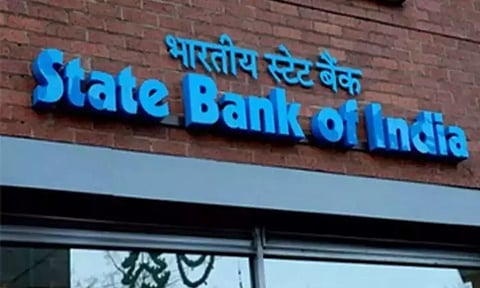The full monty
NEW DELHI: The dust kicked up by the disclosure of electoral bonds data this week confirms what we have known all along, that political parties are kept in clover by commercial interests that are shy of revealing their ardour. The whole chaos of numbers put out by the SBI and published on the Election Commission (EC) portal can be summed by the pithy Urdu aphorism “is hamam mein sab nange”, meaning that everyone is naked in this bath house.
SBI’s ‘as is where is’ data did not reveal which company paid how much to which political party but with the Supreme Court on Friday ordering the bank to disclose the unique code numbers of the bonds it sold, even that will be known soon. The poll schedule is to be announced on Saturday, and the whole cavalcade of India’s political parties will be doing the full monty for the voters, to whom the choice now boils down to which party’s ugly nakedness should be ignored and whose not. It’s a tough choice, really. India is one big bath house now.
A few truths do emerge strongly from this data storm. An obvious one is that in this system of stealth funding instituted by the Narendra Modi regime in 2018, money, being morally neutral, courts parties in power with no thought to ideology. So, it was the BJP that received a lion’s share of this love that dare not speak its name.
The Trinamool Congress, the Bharata Rashtra Samiti (BRS) and the Biju Janata Dal (BJD) also figure in the top five recipients, who together pulled more than two-thirds of the secret funding. The obvious inference this suggests about our political system is that these monies are contributed only to win favourable executive action.
That conclusion will be cemented when SBI does disclose the unique numbers of bonds encashed. We will then be able to nail down the correlation between funds received and contracts awarded. That’s a point worth stopping to consider: Political funding in India is a transaction, not a contribution. It’s plain bribery.
What also supports the bribes-not-contributions thesis is that most of the top 20 buyers of electoral bonds are businesses operating in highly regulated sectors.
The biggest contributions came from companies engaged in infrastructure building, resource extraction (mining and metals), construction and real estate, telecom, and pharma, all sectors subject to rigorous licensing procedures and vigilance oversight.
The biggest buyer of the bonds, Future Gaming, is a lottery company, a highly regulated activity. The second biggest, Megha Engineering, led the consortium that built Telangana’s controversial Kaleswaram project, now mired in a right royal engineering mess.
This begs the question: Were these companies really buying a get-out-of-jail pass? What gives further credence to this doubt is the fact that the bond buying in many cases commenced just after investigative overtures by agencies like the Enforcement Directorate, the CBI or Income Tax Department.
If the unique bond codes do confirm this correlation, it has horrendous implications. If India’s regulatory and investigating agencies were really being used to trigger donations by companies, it means that public interest was being compromised in key sectors, and that these agencies have been shanghaied into a protection racket. And that imparts a taint of gangsterism to the way we are being governed.

